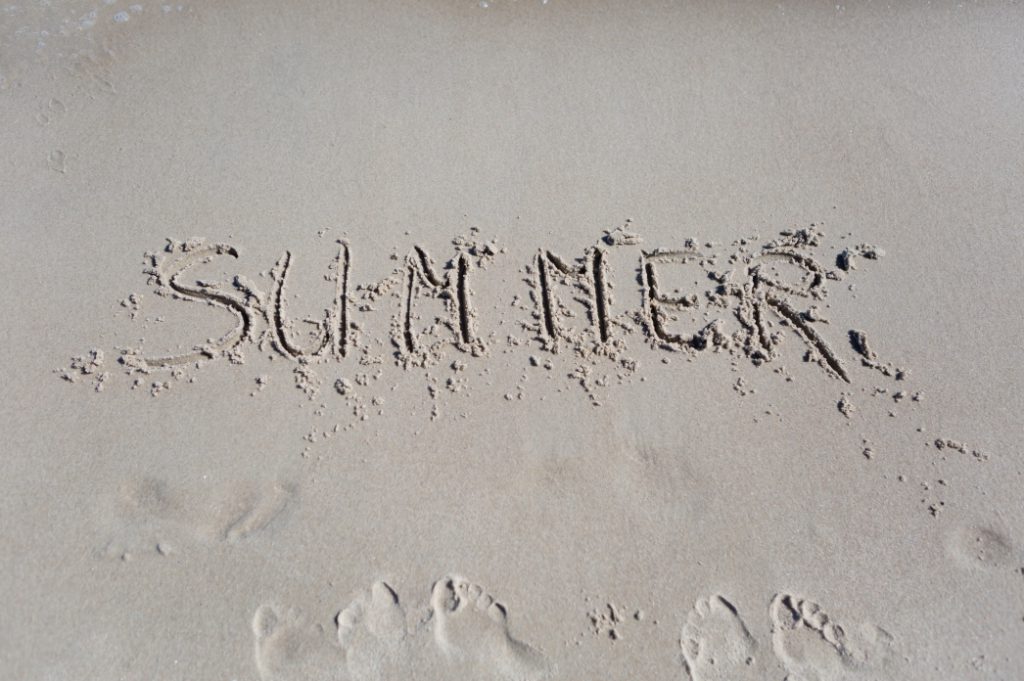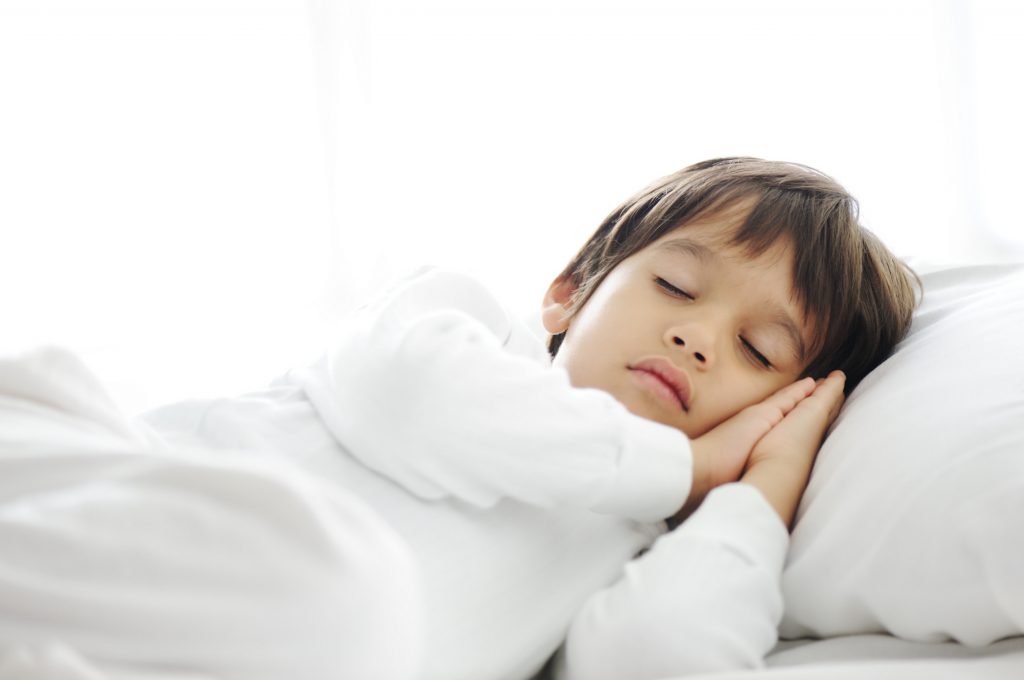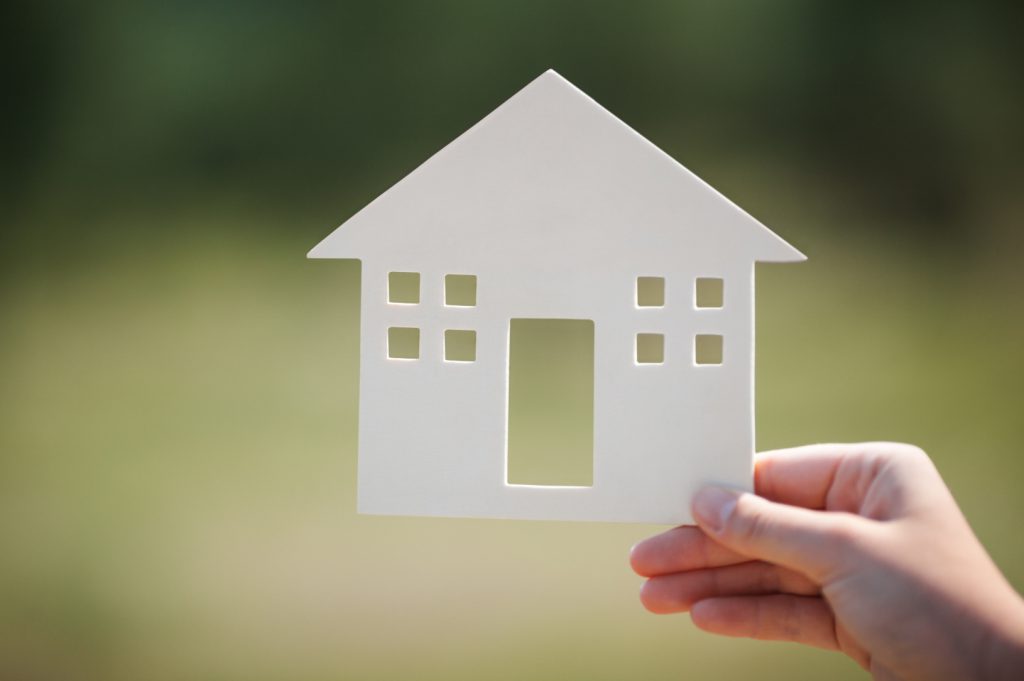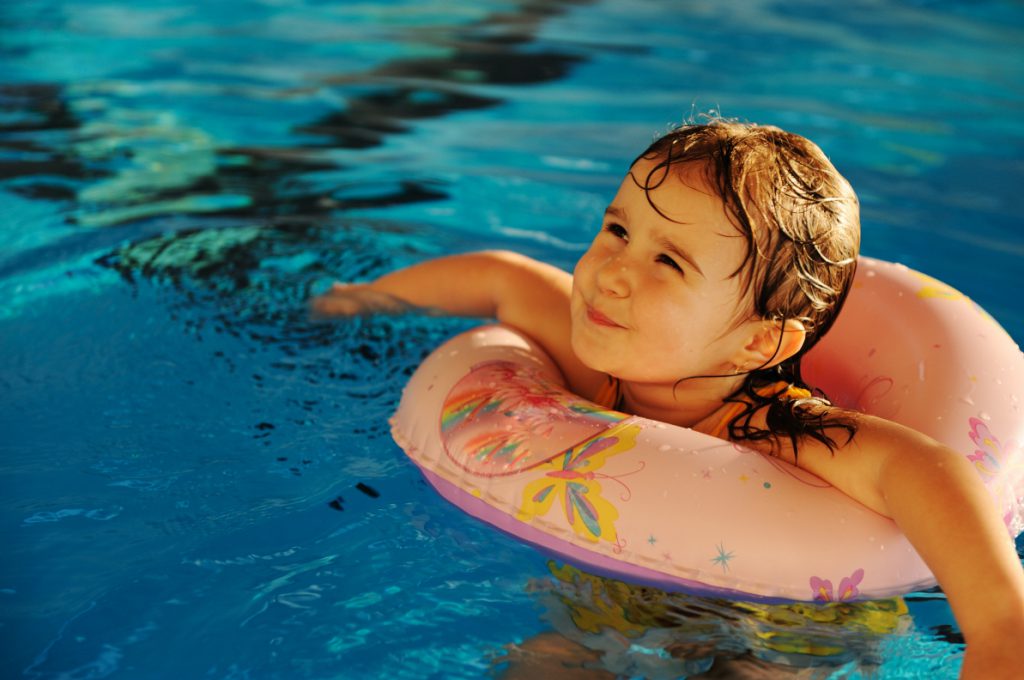









Between vacations, BBQs, and pool parties, we can lose track of routines, projects and “stuff.”

Sometime about now in mid-summer we begin asking ourselves, “Why do things seem to be out of control? I planned on organizing my photos, painting that cute dresser I picked up at the yard sale last fall, and waking up without an alarm clock on Fridays. None of it has happened!”
This scenario is all too common — and yet there is good news. It’s never too late to get and stay organized for the remainder of the summer.
People tend to get busy with outdoor activities and become distracted by vacations, plus household schedules and routines tend to be different than during the school year. The most common areas that seem to spiral out of control are:
Here are my tips for getting and staying organized through the summer.
We’re conditioned to create traditions and rituals. We buy new outdoor furniture and decorations for our backyard barbecue, and bring friends and family together for camping trips chock full of new-fangled gadgets and equipment. We have family reunions and summer vacations.
We’re used to buying, creating, and preparing for events — yet we don’t really have a method or system to deal with the aftermath.
It may be time to say goodbye to the stuff we buy “on the fly,” like walkie talkies for playful banter on road trips, floaties for the swimming pool, collapsible picnic tables for the beach, croquet sets for the backyard, and rain ponchos for the fast-moving and sudden rainstorm.
I recommend two steps for handling summer clutter:
Often we feel more disorganized or confused about our perceived “free time” during the summer months. This can happen because we spend the first half of the year postponing projects until summer vacation.
Each year we stack the projects-in-waiting for summer, and each year we seem to forget that we would really rather enjoy some time off in nature, traveling, or getting together with friends.
If you want to reduce the pressure for yourself, release yourself from too many good intentions, like repainting the powder room; reading the stack of books you’ve collected; and that wishful photo-organizing project.
Instead, pick just one project and focus on it. By making one project the priority, you can do little bits of it from time to time. So, instead of putting off the project and feeling badly that it isn’t getting done, break your priority project down into doing one small step per day.
Want to paint that dresser? Allow yourself 13 “moments” to complete the project and never miss a bit of summer fun. Use this project breakdown to make any project fit in around your unpredictable summer schedule.
Painting a dresser purchased at a yard sale
Most of us realize instinctively that sleep is important.
“You know that babies and children need sleep to grow,” says Val Sgro, a professional organizer and author. “You know that an injured body heals itself faster with good sleep. You know that if you don’t get enough sleep, you become sluggish and cranky, and you have trouble thinking straight. That old saying, ‘I’ll sleep on it,’ comes from the realization that the solution to a problem often seems to reveal itself after a good night’s sleep.
“Contrary to common belief, your brain does not rest when you sleep,” she continues. “It is often more active than when you’re awake. It’s busy — busy making sure it stays organized.”

And therein lies the key to getting and staying organized in the summer months. Though our sleep routines will likely be off kilter, it’s worth asking the question, “How will I be able to get seven or eight hours of sleep tonight? How will I fit it in?”
Maybe you need to grab a mid-day nap or put yourself (not just the kids) to bed an hour earlier. Getting more sleep will help you make better decisions when you pack (and thus have fewer items to “buy on the fly” while traveling).
More sleep means being more alert driving on road trips; consuming less sugar or caffeine for a mid-day boost; and showing up with an overall better outlook for the day. And in the middle of summer travel or hosting guests who are visiting for a week, that couldn’t be a more welcome benefit.
DorothyTheOrganizer (Dorothy Breininger) is America’s most innovative organizer and can be seen weekly on the critically acclaimed, Emmy-nominated show “Hoarders” on A&E. She also appears on The Doctors, The Dr. Phil Show and The View. Creating organization solutions that change people’s lives is her passion. DorothytheOrganizer.com features tips and home organization solutions that will finally let you rid yourself of the clutter that holds you back from success.

It’s time to get your apartment complexes and rental properties ready for summer.

The warm weather means your residents want to get outside and enjoy the community features you offer. Any pool areas, bbq pits, and picnic areas should be ready and inviting for summertime use and the social atmosphere that makes your property stand out.

When it comes to summer at your rental properties, remember to prioritize safety by encouraging your tenants to socialize and enjoy themselves responsibly this season.
Credit to Kaycee
Kaycee manages marketing and media relations for Rentec Direct, bringing a unique perspective to the world of property management and proudly shares industry news, products, and trends within the community
by energy.gov

Here you’ll find strategies to help you save energy during the spring and summer when the weather is warm and you are trying to keep your home cool. Some of the tips below are free and can be used on a daily basis to increase your savings; others are simple and inexpensive actions you can take to ensure maximum savings through the spring and summer. For more ways to stay cool while saving energy, check out our Energy Saver 101 infographic, covering everything you need to know about home cooling.
If you haven’t already, conduct an energy audit to find out where you can save the most.
Also check out tips to save energy during the fall and winter.

Water heating accounts for about 18% of the energy consumed in your home.